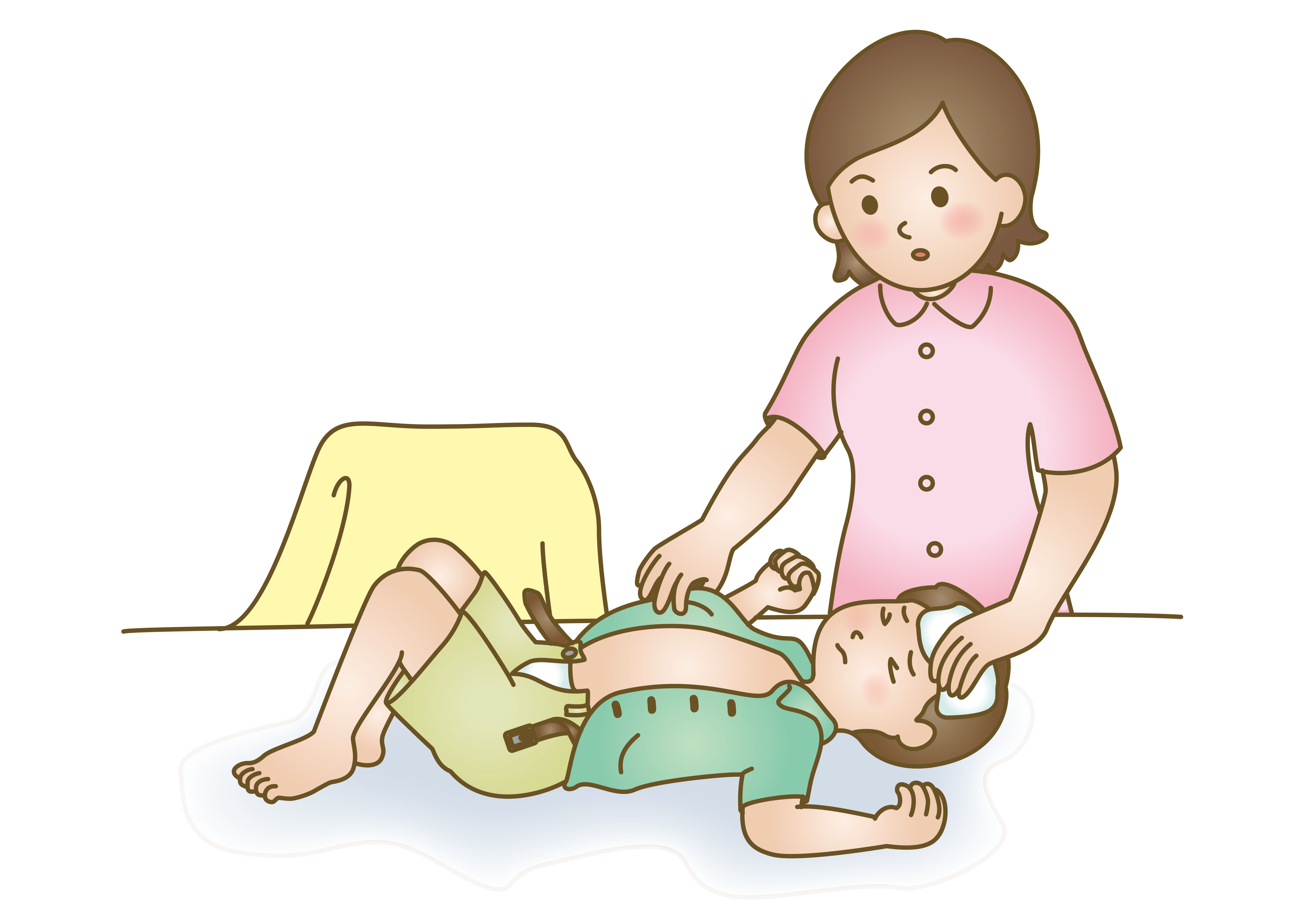As the younger child brain is not developed, children can develop an infection in the area that regulates temperature. Febrile means related to fever and the temperature is usually always over 38 – 39°C. Febrile convulsions are seizures that sometimes happen in a child with a high temperature. They usually occur between the ages of 6 months and 6 years; approximately 3 in every 100 children will have at least one febrile convulsion.
Febrile convulsions can be frightening for parents, especially since they look like tonic-clonic seizures. Febrile convulsions can happen as a result of any illness that causes a high temperature. Illnesses that most commonly cause febrile convulsions include viral upper respiratory infections such as the flu and ear infections.
Causes
Children who have frequent illnesses and infections are also more likely to have febrile convulsions. Febrile convulsions may happen between 8 – 14 days after a vaccination (such as MMR). However, far more children have febrile convulsions as a result of contracting measles. A febrile convulsion may be the first sign that a child has a fever. It is important to find out what illness is causing the fever as soon as possible after a seizure. This is because there is a small chance that the cause could be meningitis. It is most common in children who are under 1 year old if they do not return to normal when the seizure is over. Very few children have more than three febrile convulsions. Children are more likely to have further seizures if the first was when they were very young or if the child has a close relative (such as a parent or sibling) who had febrile convulsions. There is a slightly higher risk that they will go on to develop epilepsy, but this is very rare.
Febrile convulsions usually last less than a minute, but they can continue for up to 5 minutes. They usually happen on the first day of an illness and do not always happen when the child’s temperature is hottest. In fact, a febrile convulsion is sometimes the first sign that the child is ill. Convulsions do not usually last for more than 5 minutes and the child should make a full recovery.
Symptoms
- The child looks hot and flushed because of their temperature.
- Dazed or confused and blackout (lose consciousness). At this point, they may fall down if they have been sitting or standing.
- Child’s muscles tighten, which may cause them to moan or cry out.
- May stop breathing (usually for around 30 seconds) and their face may turn blue.
- Muscles in the arms, legs and face, and other parts of the body twitch and shake.
- The child may be flushed and sweating with a very hot forehead.
- May stiffen and arch their back, fists may be clenched.
- Many children also lose control of their bladder or bowel.
- They often fall into a deep sleep afterwards.
Patient Care
- During the convulsion, place the child on the floor or large surface area for safety. Do not restrain the child.
- Clear a space around them to protect them from injury. If possible, place padding, such as rolled-up towels, around them to prevent them from rolling.
- During a convulsion, loosen clothing, especially around the neck, but don’t try to hold them down in any way.
- Don’t put anything into the child’s mouth, but remove anything they might swallow such as vomit or food.
- Cool the child by cooling the room and loosening the child’s clothing. DO NOT cool the child by sponging or bathing.
- Put the child into the recovery position.
- Give regular doses of paracetamol to lower the child’s temperature. Follow instructions on the packaging or check the dosage with your pharmacist. Ibuprofen should not be given to children under six months.
- Monitor and record vital signs.
- Any seizure for whatever cause should be reported to the patient’s GP.
Activate EMS if:
- The child doesn’t improve after the convulsion.
- A seizure focuses on one particular part of the body, for example, one arm twitches and shakes, but the rest of the body does not.
- The child has breathing difficulties or a seizure lasts more than 5 minutes.
- Another seizure starts soon after the first during the same illness.
For more information on training courses, visit our “Courses” page which also includes our First Responder and First Person on Scene (FPOS) Courses.

